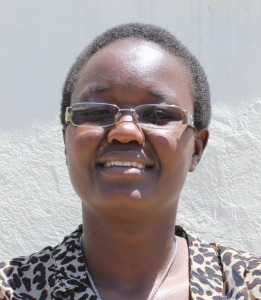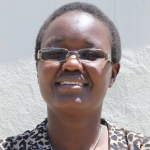August, 2024: Wambani Community Spring Protection Complete!
Wambani Community now has access to clean water! Thanks to your donation, we transformed their spring into a flowing source of naturally filtered water. We also installed a chlorine dispenser to provide added protection and trained the community on improved sanitation and hygiene practices. Together, these components will unlock the opportunity for community members to live better, healthier lives.

"With the availability of clean and reliable water, I would like to see a significant improvement in health outcomes for both my family and myself. This water point demonstrates that we no longer need to rely on polluted sources. Overall, the danger of contracting waterborne infections will be minimized, supporting greater health," shared 42-year-old Linet Khevali.

Linet.
"Their lives will be impacted by this new water point. Therefore, as a result of having access to enough clean and safe water, my kids will often take showers or baths and brush their teeth twice a day. By making sure they look and feel their best, these practices not only support physical health but also increase confidence and self-esteem in them," Linet continued.
Children were just as excited as adults about the new water point.
14-year-old Purity has big expectations for her life! She shared, "Accessible water will improve my academic performance since it will let me devote more time to my studies. I will be able to go to school on a regular basis without having to worry about missing lessons because of illness or work involving water. This in turn will allow me to get [a] top-notch education and create a better future for myself."

Purity.
Preparing for Spring Protection
Community members worked together to source and carry all locally available construction materials to the spring. These included bricks, sand, stones, and fencing poles. Some people also chiseled away at large rocks to break them into gravel. Because people have to carry most items by hand, the material-collection process can take anywhere from a few weeks to months.

Community members gathering materials to protect the spring.
When the community was ready, we sent a truck to deliver the remaining construction materials, including cement, plastic tarps, and hardware. Then, our construction artisan and field officers deployed to the spring to begin work. Individual households provided meals throughout each day to sustain the work team.
From Open Source to Protected Spring: A Step-by-Step Process
First, we cleared and excavated the spring area. Next, we dug a drainage channel below the spring and several runoff diversion channels above and around the spring. These help to divert surface contaminants away.

Excavation.
To ensure community members could still access water throughout the construction process, we also dug temporary channels around the construction site from the spring's eye. This allowed water to flow without disrupting community members' tasks or the construction work. Excavation created space for setting the spring's foundation, made of thick plastic, wire mesh, concrete, and waterproof cement.

Laying the foundation.
After establishing the base, we started brickwork to build the headwall, wing walls, and stairs. Once the walls had grown tall enough, we began one of the most crucial steps: setting the discharge pipe. The discharge pipe needs to be positioned low enough in the headwall so the water level never rises above the spring's eye, yet high enough to allow room for the average jerrycan (a 20-liter container) to sit beneath the pipe without making contact, which prevents cross-contamination.

Setting the discharge pipe.
If we place the discharge pipe too high above the spring's eye, back pressure could force water to emerge elsewhere. Too low, and community members would not be able to access the water easily. We embedded the pipe using clay (or mortar when the clay is in short supply) and placed it at an incline to ensure water flows in the right direction.
In coordination with brickwork, we pitched stones on both sides of the spring's drainage channel. We then cemented and plastered each stone, forming the rub walls. These walls discourage people and animals from standing in that area, which could cause soil erosion and a clogged drainage area.
We then cemented and plastered both sides of the headwall and wing walls. These finishing layers reinforce the brickwork and prevent water in the reservoir from seeping through the walls. In turn, enough pressure builds in the reservoir box to push water out through the discharge pipe.

Plastering the walls.
As the headwall and wing walls cured, we cemented and plastered the stairs and installed four tiles beneath the discharge pipe. The tiles protect the concrete from the falling water's erosive force while beautifying the spring and facilitating easy cleaning of the spring floor.

The final stage of construction is backfilling the reservoir box behind the discharge pipe. We cleared the collection box of any debris that may have fallen during construction. Then we redirected the temporary diversion channels back into the reservoir box, channeling water into this area for the first time. We close all other exits to force water through only the discharge pipe.

Backfilling the reservoir.
We filled the reservoir area with the large, clean stones community members had gathered, arranging them in layers like a well-fitting puzzle. We covered the rocks with thick plastic to minimize potential contamination sources, then piled enough dirt on top to compensate for future settling.
Community members transplanted grass onto the backfilled soil to help prevent erosion. The collection area was fenced to discourage any person or animal from walking on it. Compaction can lead to disturbances in the backfill layers and potentially compromise water quality.
The construction process took about two weeks of work and patience to allow the cement and plaster to finish curing. As soon as the spring was ready, people got the okay from their local field officers to fetch water.

We officially handed over the spring to mark the community's ownership of the water point. Happiness, thanksgiving, and appreciation were the order of the day, flowing in all directions.
"When the community members were granted access to the water point, they demonstrated their immense excitement and celebration by singing, dancing, and yelling. The children were spotted playing by the water point, splashing and laughing, symbolizing their newfound ease in life. Certainly, the community members were relieved," shared Field Officer Joel Shitindo.

Children celebrating clean water.
Training on Health, Hygiene, and More
Together with the community, we found their preferred date for training while considering other community calendar events, such as the agricultural season and social events. We requested a representative group of community members to attend training and relay the information learned to the rest of their families and friends.
When the day arrived, Field Officers Joel Shitindo and Mitchell Ijaza deployed to the site to lead the event. 22 people attended the training, including 18 women and 4 men.

Training begins!
We covered several topics, including community participation in the project; leadership and governance; personal, dental, and environmental hygiene; water handling and treatment; spring maintenance; the importance of primary health care and disease prevention; family planning; soapmaking; how to make and use handwashing stations; and the ten steps of handwashing.
During the leadership and governance session, we held an election for the newly formed water user committee leaders, who will oversee the maintenance of the spring. We also brainstormed income-generating activities. Community members can now start a group savings account for any future minor repairs to the spring and a cooperative lending group, enabling them to develop small businesses.
"Through their questions, experiences, and contributions to discussions, the training participants actively participated in the session. The attendees demonstrated an optimistic outlook towards the program, perceiving it as a chance for individual development and empowerment. Recognizing the potential benefits of the training for both themselves and people around them, they embraced it with enthusiasm and optimism," shared Joel.

Participants making soap.
"I found soap making to be the most fascinating topic. I say this because I plan to use this ability to grow financially. I'll produce soap and sell it during school holidays to get some pocket money and extra cash for books," Purity said about the training's impact.

Soapmaking.
"My perceptions of the cleanliness practices in my community have changed as a result of this training because I now understand how diseases spread and how basic hygiene habits can assist [and] ward against illness. Knowing how viruses spread and how to protect yourself gives me the ability to take preventative measures to be well and stay healthy," she concluded.
Conclusion
This project required a substantial collaboration between our staff, our in-country teams, and the community members. When an issue arises concerning the spring, the water user committee is equipped with the necessary skills to rectify the problem and ensure the water point works appropriately and there is guaranteed public access in the future. However, if the issue is beyond their capabilities, they can contact their local field officers to assist them.
Also, we will continue to offer them unmatchable support as a part of our monitoring and maintenance program. We walk with each community, problem-solving together when they face challenges with functionality, seasonality, or water quality. Together, all these components help us strive for enduring access to reliable, clean, and safe water for this community.
With your contribution, one more piece has been added to a large puzzle of water projects. In Kenya, Uganda, and Sierra Leone, we're working toward complete coverage. That means reliable, maintained water sources within a 30-minute round trip for each community, household, school, and health center. With this in mind, search through our upcoming projects to see which community you can help next!
Thank you for making all of this possible!





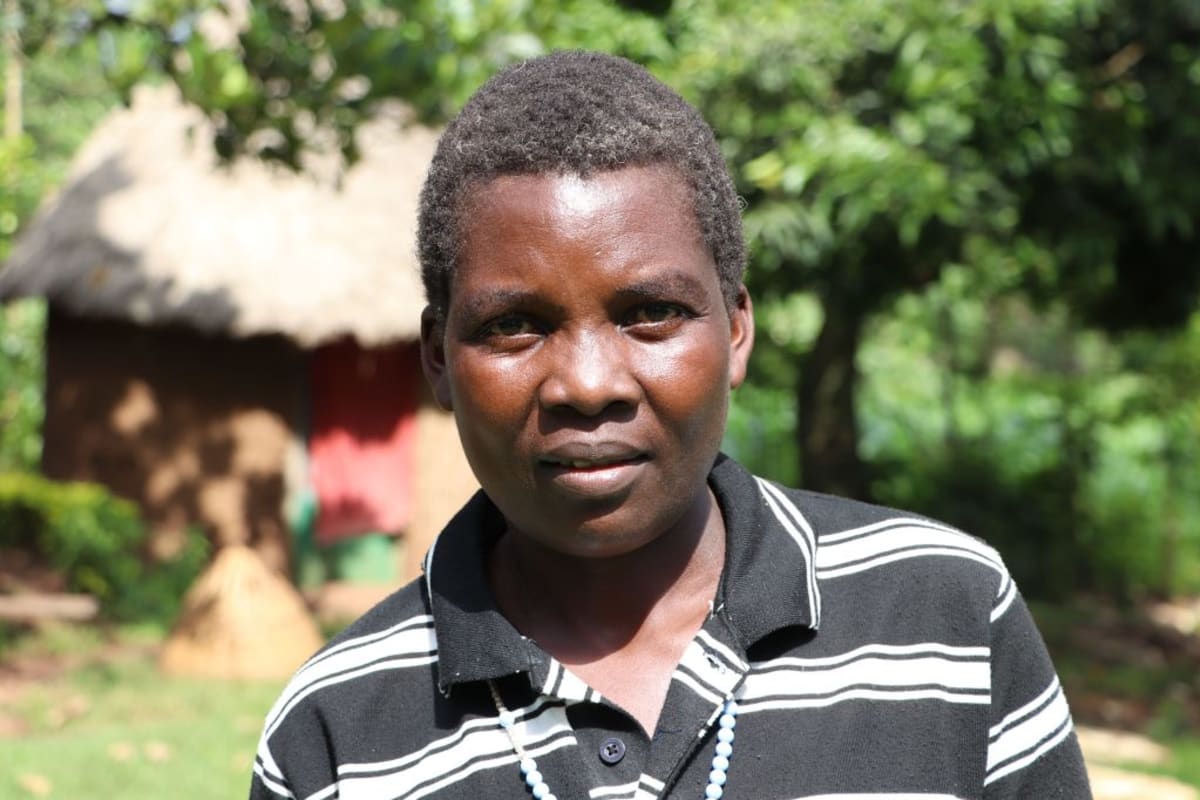
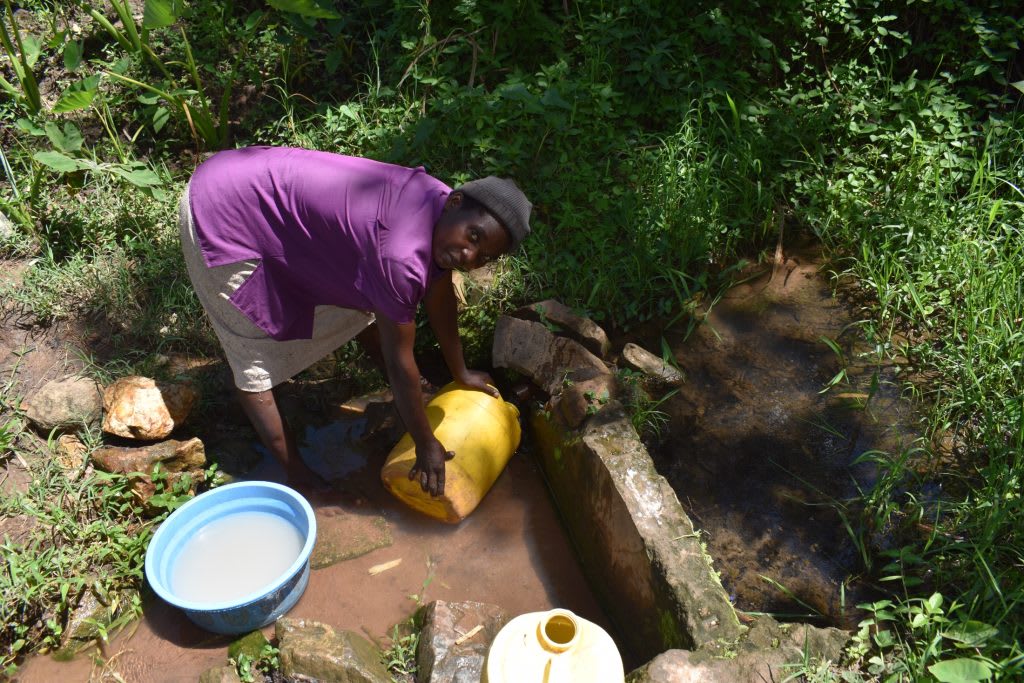
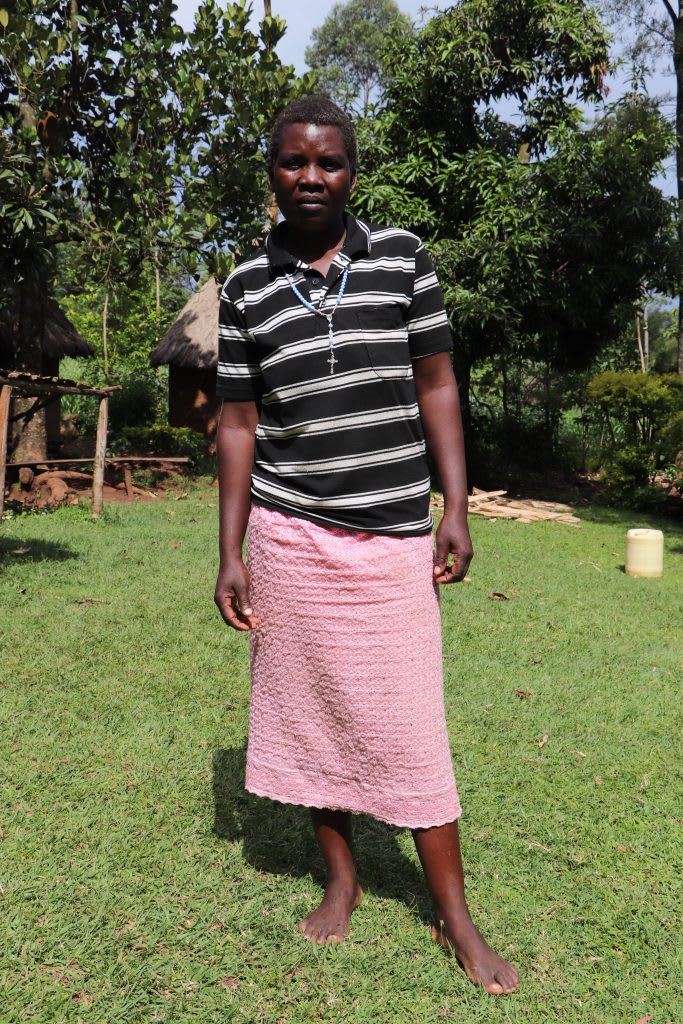

 Protected Spring
Protected Spring
 Rehabilitation Project
Rehabilitation Project










